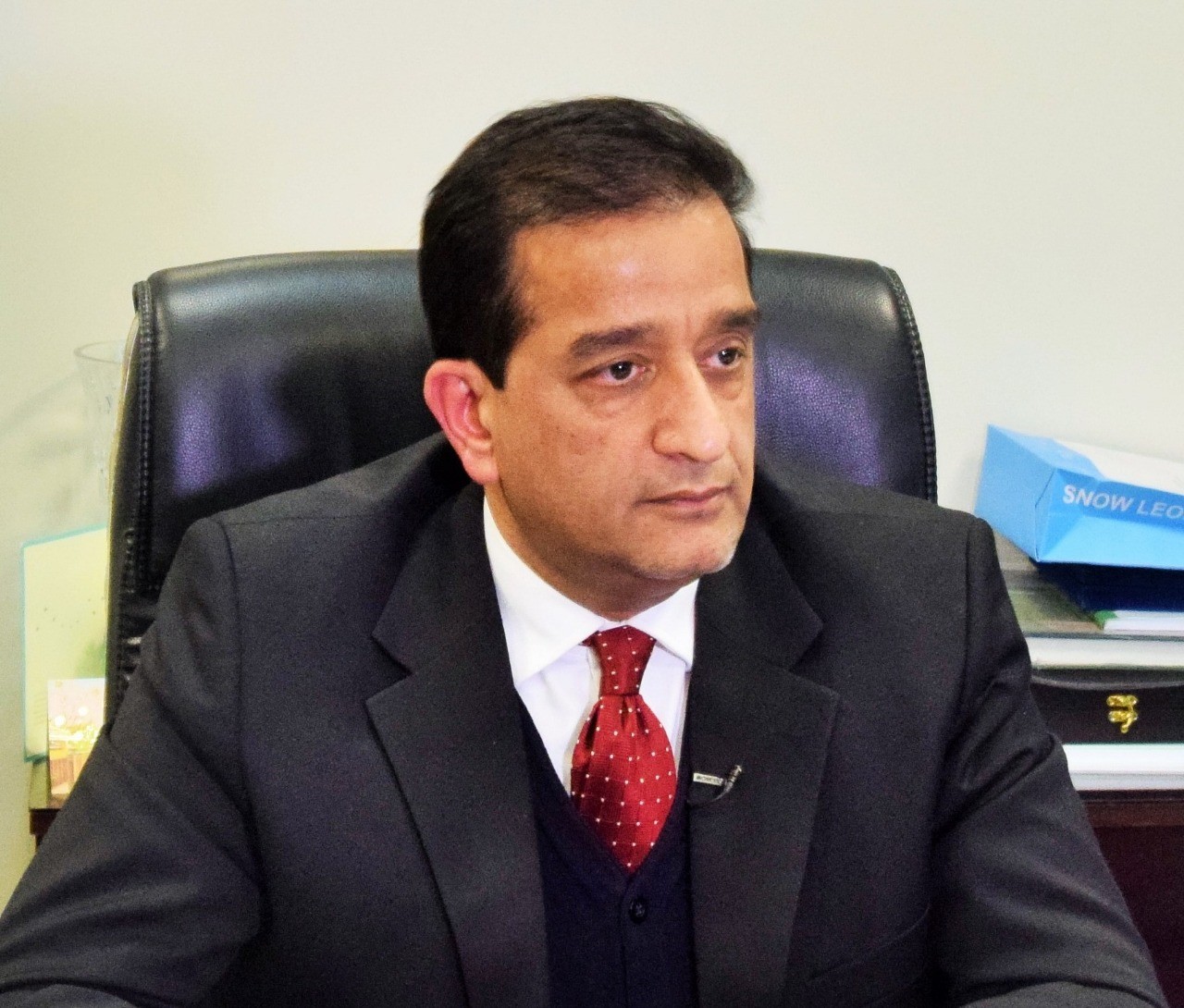
-- Malik Amin Aslam, Adviser to Prime Minister of Pakistan on Climate Change and Vice President IUCN (International Union for Conservation of Nature)

The News on Sunday: How do we explain climate change and how is it affecting us?
Malik Amin Aslam: Weather patterns continue to change across the world. But what is happening since the industrial age is that we have started adding greenhouse gases in our atmosphere, particularly, carbon dioxide. This situation has created a layer of heat which is affecting the globe since the industrial age by raising global average temperature, which has gone up in an unprecedented way. Scientists say it will further go up to two degree Celsius in the next 12 years.
The IPCC (Intergovernmental Panel on Climate Change), which is the international body of over 3000 scientists, says we have only 12 years to reverse this trend, otherwise we will face a catastrophic situation. Climate change is hitting home now and Pakistan is among the most vulnerable countries because of this change. We are on number 135 out of 156 countries that have created this issue but we are in the top 10 countries which are the most effected. And because of this we are number four in countries with extreme effects because of climate change and number two in countries with incurring economic damages because of climate change. Agriculture, which takes 70 percent of workforce and makes 30 percent of GDP is also exposed to changing weather patterns. Pakistan is today one of the top three hottest countries on the planet.
TNS: How changing weather patterns and rising temperatures are affecting urban areas?
MAA: Urban zones are getting directly affected by climate change and that is called urban heat effect. Big cities have lost their green parts because of disastrous development. Because of haphazard development, cities have lost their lungs. In Karachi, this climate change is called climate inversion, causing heatwaves. It is called urban heat effect. When the direction of sea breeze reverses it chokes the city. Similarly, in Lahore, we have faced smog for several weeks.
TNS: What are some of the key measures you suggest the government should take to combat climate change?
MAA: There are strategies for urban and rural areas. In urban areas, it is a two-pronged strategy -- to shift on renewable energy and to look into introducing electrical vehicles which will reduce omission of gases. We are working on that. But the biggest project is to increase forest cover. In Khyber Pakhtunkhwa, Pakistan Tehreek-i-Insaf introduced billion tree project and increased forest cover upto four per cent. Now, this has expanded up to 10 billion trees across the country. Efforts are being made for urban forestry, planned forestry and expanding natural forestry. We are identifying land-banks near big cities and converting grabbed and encroached large pieces of land into forests. Similarly, land banks are identified outside Lahore, in Jehlum and Attock. Federal cabinet, to protect agriculture and greenery, also decided that cities should go vertically, not horizontally. This policy will be protected through a law and provinces will be directed to do so, too. Also, housing societies will not be allowed in violation of the master plan of the city. We, for the first time, are revising master plan for Islamabad and making it public, too.
Also read: Editorial
TNS: If the government takes good measures to control the effect of climate change, how much time it will take to improve the situation, in your view?
MAA: If we continue with this pace, we hope that within five years we will be able to set a direction towards environment sustainability. There is need for evolving a charter for environment sustainability by all political parties.